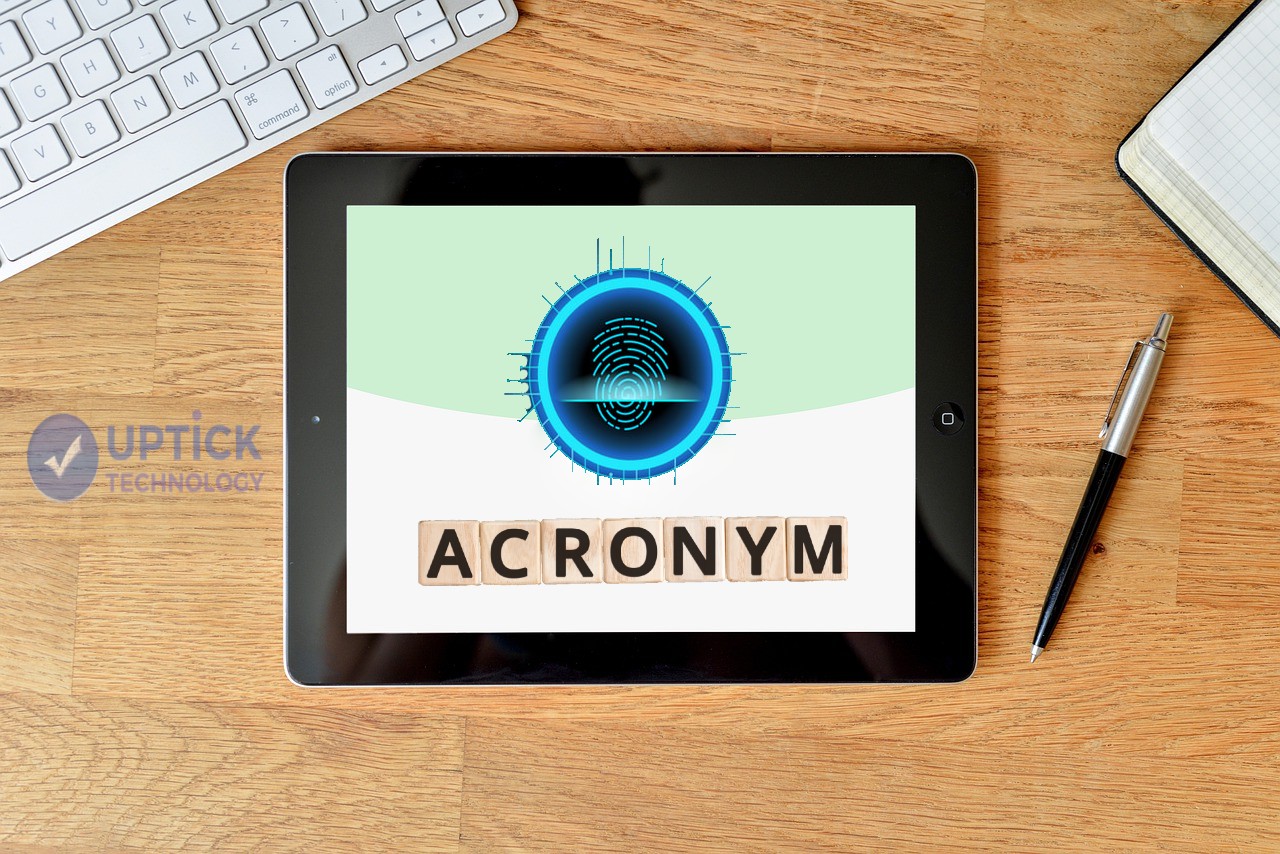Table of Contents
Analog to Digital Conversion
Analog to Digital Conversion: When transmitting voice, audio, or video information, the object is with high fidelity, i.e., the best possible reproduction of the unique message without the impairments caused by signal distortion and noise The basis for relatively noise-free and distortion-free communications is the binary signal.
The binary signal is the most straightforward signal of any kind that can use to carry messages. It contains only two possible values. These values are signified by the binary digits or bits 1 and 0. Unless the noise and distortion detected during transmission are not large enough to change the binary pointer from one value to another, the receiver can determine the correct amount so that perfect reception can occur.
Necessary steps when converting from analog to digital An analog signal sampled at regular intervals. The amplitude in each range is quantized or allocated a value and the values are charted into a sequence of binary numbers orbits. The info is transmitted as a digital signal to the receiver, where the analog signal is decoded and restored.
Suppose the information to be conducted is already available in binary form (as in data communication), the signal does not have to be digitally encoded. However, regular voice communication over the phone is not in binary form. Much information is not collected for transmission by a spacecraft, nor is television or radio signals received for transmission over a satellite link.
Such signs that change continuously over a range of values are called analog, and in digital communication systems, the analog signals must be converted into digital form. The process of turning this signal is known as analog-to-digital (A/D) conversion.
What is Digital Asset Management: Digital assets are files like videos, music, photos, documents, and other media. If these digital files contain the right to use them, they are considered an asset. Digital assets grow exponentially as digital content creation and sharing increase.
Also Read: How to Do Web Server Security
Sampling
Analog-to-digital conversion begins by sampling or measuring the amplitude of the analog waveform at equally spaced discrete times. The fact that samples of a continuously changing wave can be use to represent that wave is based on the supposition that the stream has a limited rate of change. Since a communication signal is actually a complex wave, virtually the sum of a series of component sine waves, each with its own precise amplitudes and phases, the rate of change of the composite stream can be measure by the vibrational frequencies of all its types of machinery.
The difference between the total price of oscillation (or the highest frequency) and the minimum rate of oscillation (or the lowest frequency) of the sine waves that make up the signal is call the bandwidth (B) of the message. Therefore, the bandwidth represents the maximum frequency range that a signal occupies. For a voice signal with a minimum frequency of 300 hertz and a maximum rate of 3300 hertz, the bandwidth is 3000 hertz or 3 kilohertz. Audio signals generally occupy a bandwidth of about 20 kilohertz, and standard video signals occupy approximately 6 million hertz or six megahertz.
The concept of bandwidth is fundamental for all telecommunications. In analog to digital conversion, there a principle that the analog signal can be clearly represent by discrete sample values that are not separate by more than one in twice the bandwidth (1/2B).
This set typically referred to as the sampling set. And the sampling interval (1/2B seconds) called the Nyquist range (after the Swedish-born American electrical engineer Harry Nyquist). As an example of the Nyquist intermission, in past telephone practice, bandwidth. Which generally set at 3,000 Hertz, tested at least every 1 / 6,000 second. In current practice, 8,000 trials taken per second to increase the frequency range and fidelity of speech illustration.
Also Read: Nanophotonic: What it is and How it Works?
Quantization
For a tested signal to store or conducted in digital form, each sampled amplitude. Must converted into one of a finite number of possible values or levels. To make it easier to convert to binary format, the number of levels is usually a power of 2; H. 8, 16, 32, 64, 128, 256, etc. depending on the accuracy required. Two hundred fifty-six levels commonly used in digital voice transmission as tests have shown that this gives the average telephone handset reasonable fidelity.
The input to the quantizer is a series of test amplitudes for which there are infinitely many possible values output of the quantizer. On the other pointer, it must limit to a finite number of levels. Assigning stepless amplitudes to a limited number of levels inevitably leads to inaccuracies. And the mistake leads to corresponding signal distortion. (This why quantization often referred to as a “lossy” system.) The degree of imprecision depends on the number of output levels used by the quantizer. More quantization levels increase the rendering accuracy, but also increase the required storage capacity or transmission speed.
Better performance can achieve with the same number of output levels by carefully adjusting the output levels and amplitude thresholds required to assign those levels. This location, in turn, depends on the type of waveform being quantized. In general, an optimal quantizer places more levels in the amplitude ranges where the signal is most likely to occur and fewer levels in which the message is least likely to occur. This technique known as nonlinear quantization. Nonlinear quantization can also achieve by passing the signal through a compressor circuit. Which amplifies the weak components of the message and attenuates its durable components.
The compressed signal, which now occupies a narrower dynamic range, can be quantize with a straight or linear distance between threshold values and output heights. In the case of the phone signal, the compressed signal is quantized uniformly into 256 levels. Each level being signified by a series of eight bits. At the getting end, the reconstituted signal expanded to its original amplitude range. This compression and expansion sequence, known as companding, can produce a sufficient dynamic range equivalent to 13 bits.
Check out: File sharing write for us









